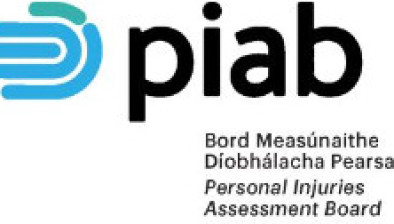New personal injury discount rate to be set in Northern Ireland early next year

A new personal injury discount rate will be set early next year following the passing of new legislation.
The Damages (Return on Investment) Bill completed its final stage in Stormont yesterday and is expected to receive royal assent before the end of January 2022, after which a new rate will be set “as soon as possible”.
The bill introduces a new statutory methodology for calculating the discount rate, which the Department of Justice says will better reflect how a claimant would be advised to invest their award.
It also provides for the rate to be reviewed every five years, and for responsibility for setting the rate to be transferred from the Department to the government actuary.
The personal injury discount rate was dramatically lowered from 2.5 per cent to -1.75 per cent at the end of May through secondary legislation due to delays in passing the bill.
Insurance lawyers have complained that the -1.75 rate, set using the framework established by the decision of the House of Lords in Wells v Wells, has led to overcompensation.
Justice minister Naomi Long told MLAs yesterday that the new bill “addresses the risk of overcompensation that arises under that framework, which was the only one available until the point at which this legislation passes”.
She added: “Most importantly, however, the certainty and stability that the Bill will bring means that those who have sustained serious injuries, perhaps even life-changing injuries, through no fault of their own, will hopefully now be able to resolve their claims expeditiously and receive the right and proper compensation that is due to them so that they can meet their present and future needs.”
Mervyn Storey, chair of Stormont’s justice committee, said it was right to deny accelerated passage for the bill, as had been sought by Mrs Long – even though no amendments were ultimately introduced at committee stage.
He said: “It was right that the new framework was fully and properly scrutinised by the committee and the Assembly. Key stakeholders raised a range of issues, and there were distinctly contrasting views in the evidence received on the bill that needed to be explored and understood.”







